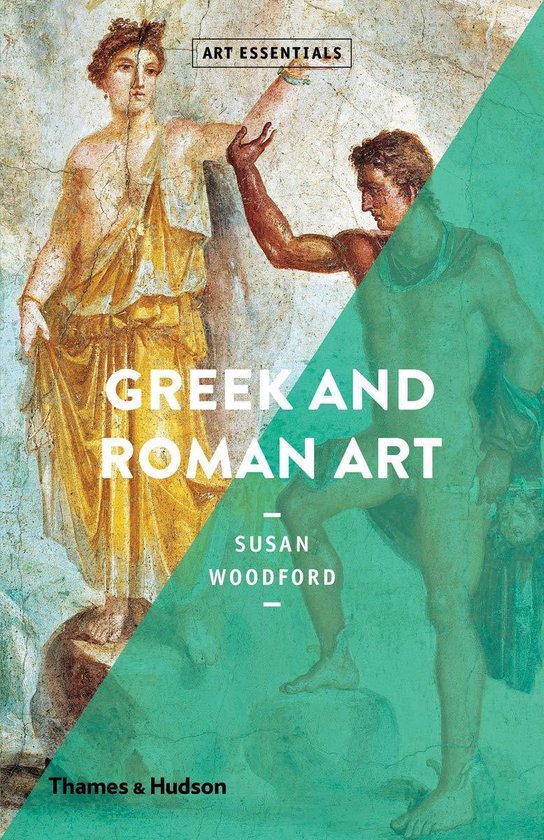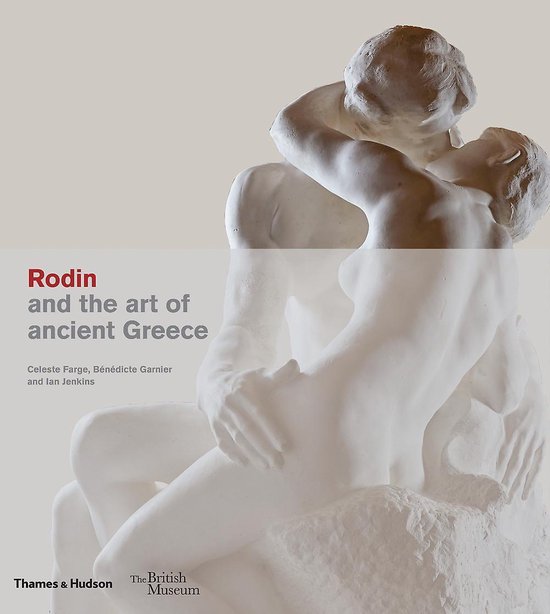
Greek Sculpture
Greek Sculpture presents a chronological overview of the plastic and glyptic art forms in the ancient Greek world from the emergence of life-sized marble statuary at the end of the seventh century BC to the appropriation of Greek sculptural traditions by Rome in the first two centuries AD.
Greek Sculpture presents a chronological overview of the myriad plastic and glyptic art forms in the ancient Greek world, ranging from the emergence of monumental marble statuary at the end of the seventh century BC to the appropriation of Greek sculptural traditions by Roman conquerors throughout the first two centuries of the Christian era. With a primary focus on large-scale marble and bronze sculptural works that figured prominently in votive and funerary Greek religious practices, chapters explore the evolution of Greek sculpture over several centuries—which constituted a remarkable pattern of stylistic changes that markedly distinguished it from the works of contemporaneous Mediterranean civilizations. The evolution of Greek sculpture is also placed within broader social and historical contexts by exploring parallel developments in poetry, drama, philosophy, rhetoric, and works of art in other media. Concluding chapters also address the ways in which sculptural forms inherited from Classical Greece were adapted to the political and social transformations that took place in the century following Alexander’s conquests—and after Rome supplanted the Hellenistic kingdoms in the eastern Mediterranean. Scholarly and thought-provoking, Greek Sculpture offers illuminating insights into one of the most recognizable and influential achievements in the history of art.
Greek Sculpture presents a chronological overview of the plastic and glyptic art forms in the ancient Greek world from the emergence of life-sized marble statuary at the end of the seventh century BC to the appropriation of Greek sculptural traditions by Rome in the first two centuries AD.
Greek Sculpture presents a chronological overview of the myriad plastic and glyptic art forms in the ancient Greek world, ranging from the emergence of monumental marble statuary at the end of the seventh century BC to the appropriation of Greek sculptural traditions by Roman conquerors throughout the first two centuries of the Christian era. With a primary focus on large-scale marble and bronze sculptural works that figured prominently in votive and funerary Greek religious practices, chapters explore the evolution of Greek sculpture over several centuries—which constituted a remarkable pattern of stylistic changes that markedly distinguished it from the works of contemporaneous Mediterranean civilizations. The evolution of Greek sculpture is also placed within broader social and historical contexts by exploring parallel developments in poetry, drama, philosophy, rhetoric, and works of art in other media. Concluding chapters also address the ways in which sculptural forms inherited from Classical Greece were adapted to the political and social transformations that took place in the century following Alexander’s conquests—and after Rome supplanted the Hellenistic kingdoms in the eastern Mediterranean. Scholarly and thought-provoking, Greek Sculpture offers illuminating insights into one of the most recognizable and influential achievements in the history of art.
Greek Sculpture presents a chronological overview of the plastic and glyptic art forms in the ancient Greek world from the emergence of life-sized marble statuary at the end of the seventh century BC to the appropriation of Greek sculptural traditions by Rome in the first two centuries AD.
- Compares the evolution of Greek sculpture over the centuries to works of contemporaneous Mediterranean civilizations
- Emphasizes looking closely at the stylistic features of Greek sculpture, illustrating these observations where possible with original works rather than copies
- Places the remarkable progress of stylistic changes that took place in Greek sculpture within a broader social and historical context
- Facilitates an understanding of why Greek monuments look the way they do and what ideas they were capable of expressing
- Focuses on the most recent interpretations of Greek sculptural works while considering the fragile and fragmentary evidence uncovered
| Auteur | | Mark D. Fullerton |
| Taal | | Engels |
| Type | | Paperback |
| Categorie | | Kunst & Fotografie |





